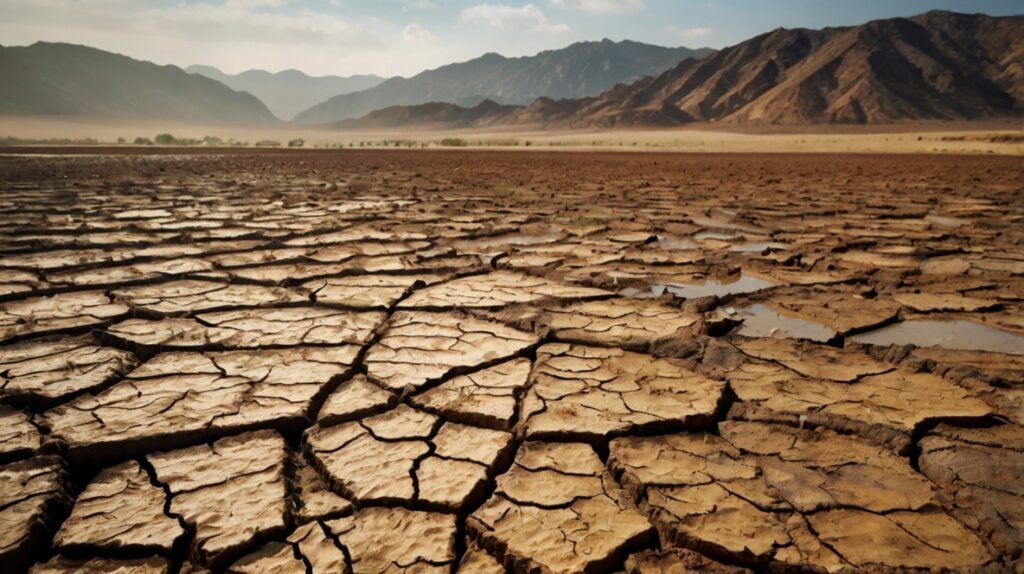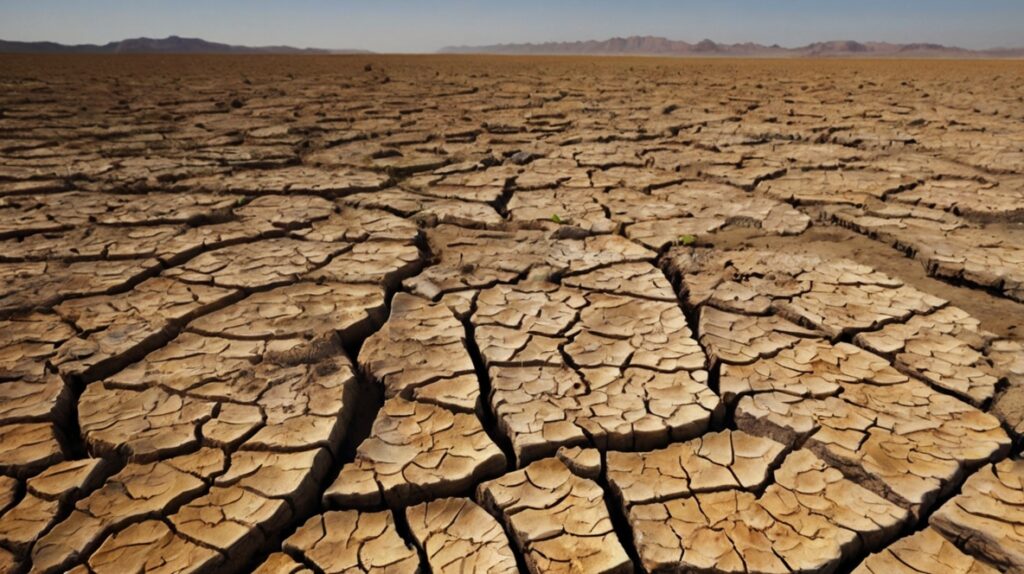Earth’s Drying Crisis: Causes, Impacts, and Solutions

I invite you to imagine a world where water, once taken for granted, is now a precious and dwindling resource. Earth’s drying crisis, fueled by climate change, overuse, and mismanagement, is reshaping landscapes, economies, and your daily life. In this article, I’ll guide you through the root causes of this crisis, challenge common misconceptions, and highlight actionable solutions. With over two billion people already affected by water scarcity (UN Water, 2023), the urgency is real. By understanding the drivers, myths, and remedies, you’ll be empowered to make informed choices and advocate for change. Let’s explore what’s at stake and how you can help secure a sustainable water future.
Key Takeaways
https://ffaecmx2x573jz5exkzt-3bo81.hop.clickbank.net
Earth’s drying crisis is driven by climate change, overexploitation, and poor management, threatening global ecosystems and societies.
Misconceptions about water availability delay effective action and obscure the true scale of the crisis.
Sustainable practices and innovative technologies offer practical hope for managing water scarcity.
Causes of Earth’s Drying Crisis
You are witnessing a convergence of factors that accelerate Earth’s drying. Climate change is altering rainfall patterns, leading to more frequent and severe droughts. For example, Sub-Saharan Africa has experienced a 10–20% decline in precipitation since the 1970s (IPCC, 2022). Agricultural overuse is another major culprit; irrigating crops consumes about 70% of the world’s freshwater, often depleting aquifers faster than they can recover (FAO, 2020). Deforestation, especially in critical regions like the Amazon, disrupts the natural water cycle, reducing rainfall and increasing drought risk. Pollution compounds the problem, with 80% of global wastewater released untreated into the environment (UNEP, 2021). These interconnected issues create a feedback loop where water demand outpaces supply, threatening food security, health, and livelihoods. Recognizing these causes is the first step toward meaningful action.

Addressing Myths About Water Scarcity
You might assume that water is limitless or that technology alone can solve scarcity. These beliefs are misleading. Some suggest that desalination will provide an endless supply, but it currently accounts for just 1% of global freshwater and is both energy-intensive and expensive (World Bank, 2019). Others believe water scarcity is only a problem in arid regions, yet every continent faces challenges—from Australia’s Murray-Darling Basin to California’s Central Valley. There’s also a myth that individual efforts are insignificant. In reality, reducing household water use by just 20% can save billions of gallons annually (EPA, 2023). By dispelling these myths, you can focus on practical, collective solutions rather than relying on false hopes or quick fixes. A clear understanding is essential for effective action.
https://5b0bdku9nc83jy69rku93gxma4.hop.clickbank.net
Solutions for Sustainable Water Management
You have the power to help reverse Earth’s drying through sustainable choices and advocacy. Precision agriculture, which uses sensors and data to optimize irrigation, can reduce water use by up to 30% (Nature, 2021). Rainwater harvesting, widely implemented in India, demonstrates how communities can supplement water supplies and build resilience. Policy reforms, such as California’s groundwater management laws, ensure fair and sustainable resource allocation. Innovative technologies, like atmospheric water generators, are beginning to provide new sources of freshwater in arid regions. Reforestation projects, such as those in Ethiopia’s Tigray region, have restored local water cycles and revived streams. By supporting these solutions, you contribute to a more water-secure world. These examples show that collective action and innovation can reshape the future.
https://fiscalfitnessflow.com/index.php/2025/06/26/7-easy-tips-to-bring-mindfulness-into-your-daily-routine/
Future Implications and Trends
You will see water scarcity increasingly shape global policies, economies, and migration patterns. As climate change intensifies, the need for adaptive water management will grow. Emerging technologies and community-driven solutions will play a critical role, but only if you and others prioritize sustainable practices and informed advocacy.
https://ddc19ek-uc3wawbqsgneun0r1h.hop.clickbank.net
Conclusion
Earth’s drying crisis is urgent, but you can help address it. Climate change, overuse, and persistent myths drive water scarcity, yet sustainable practices and new technologies offer hope. By understanding the causes, challenging misconceptions, and embracing solutions like precision agriculture and reforestation, you can help secure water for future generations. Water sustains life, economies, and ecosystems—your actions today will shape a more resilient tomorrow.
FAQs
Q: What is the primary cause of Earth’s drying?
A: Climate change is a major driver, altering rainfall patterns and intensifying droughts. Overexploitation and pollution further deplete freshwater resources, compounding the crisis (IPCC, 2022).
Q: Can technology alone solve water scarcity?
A: No, while technologies like desalination help, they are costly and energy-intensive. Sustainable practices, such as rainwater harvesting and efficient irrigation, are equally vital (World Bank, 2019).
Q: How can individuals contribute to water conservation?
A: You can reduce household water use, support reforestation, and advocate for sustainable water policies. Small actions, like fixing leaks, collectively save significant water (EPA, 2023).
Sources:







